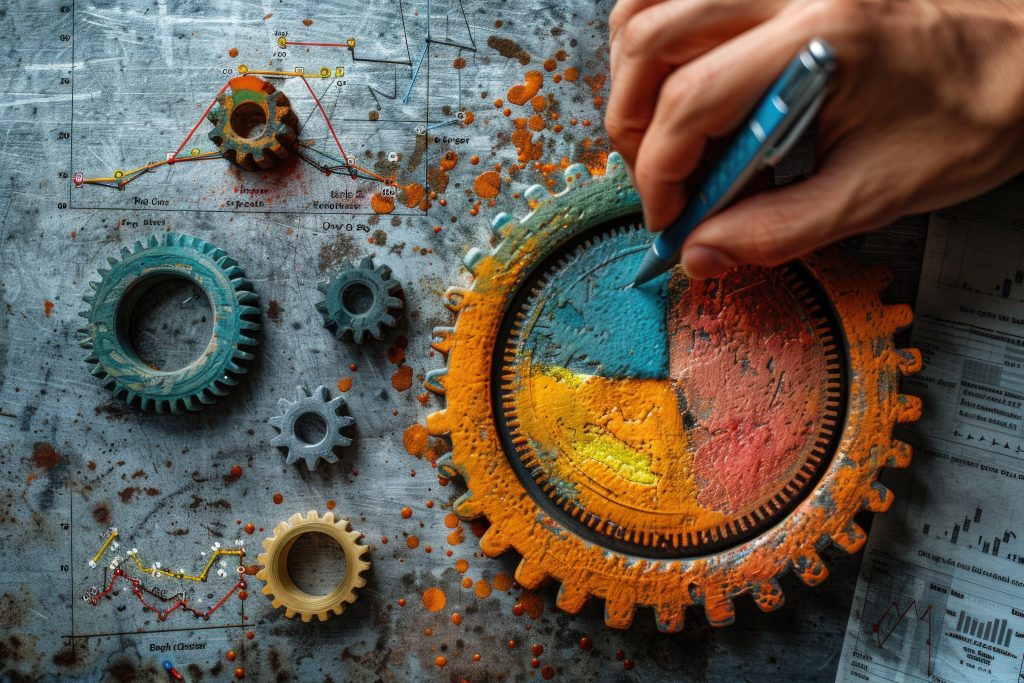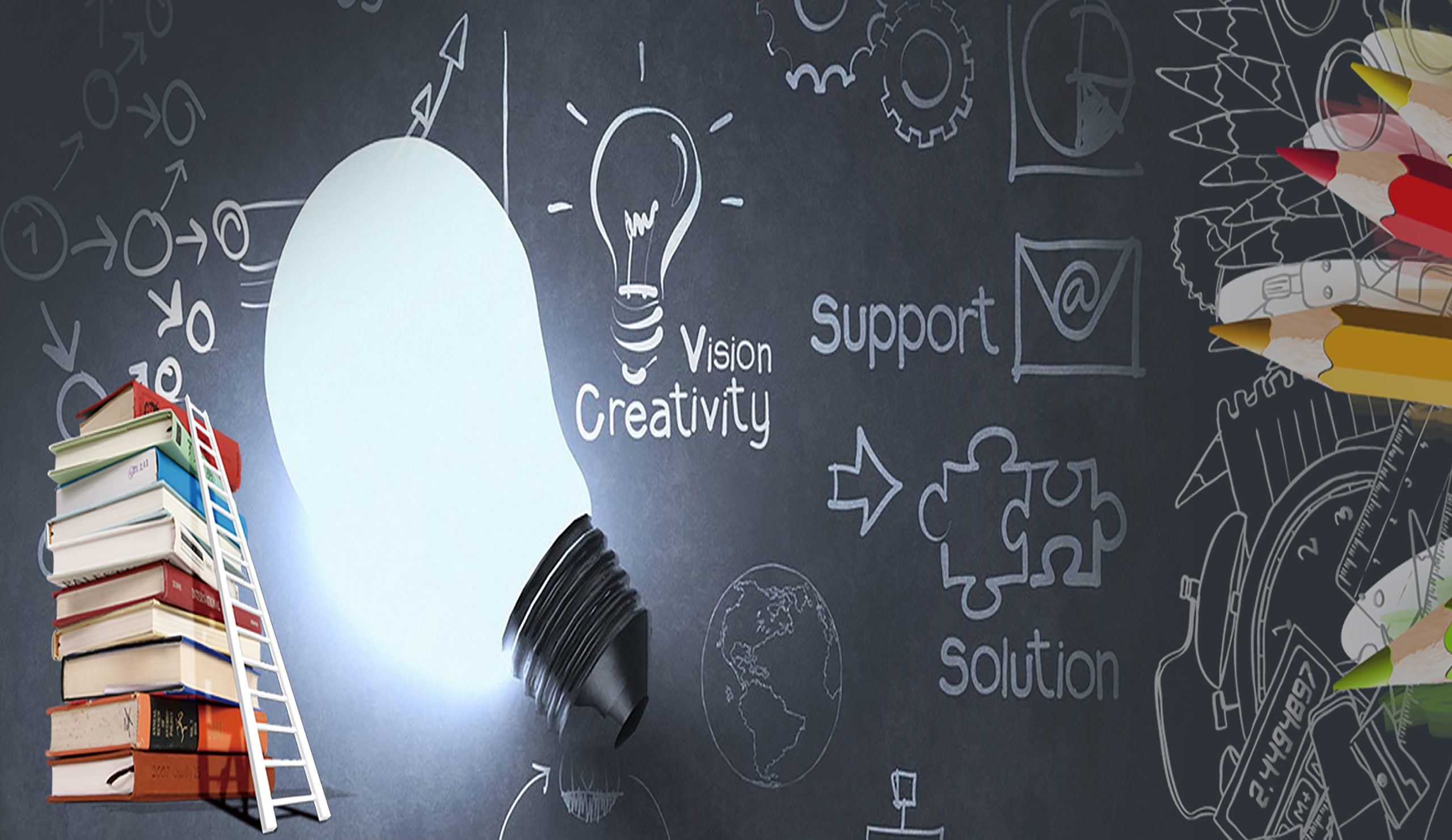How Creative Optimization Fuels Programmatic Ad Success in 2025
In 2025, programmatic advertising continues to dominate the digital marketing landscape. With the rise of artificial intelligence (AI), real-time data analytics, and increasingly personalized user experiences, creative optimization has become the secret weapon behind high-performing programmatic campaigns. The days of static, one-size-fits-all ads are over. To win in today’s fast-evolving ecosystem, brands must merge data science with creativity to deliver relevant, visually compelling, and emotionally resonant messages at scale.
This article explores how creative optimization drives programmatic ad success in 2025—and the strategies you can adopt to stay ahead.
Understanding Creative Optimization in Programmatic Advertising
Creative optimization is the process of continuously testing, analyzing, and refining ad creatives to maximize engagement and performance. In the context of programmatic advertising, it involves using automated technologies and AI-driven insights to determine which ad variations perform best for specific audiences, devices, times, and contexts.
Unlike traditional creative testing, which relies on manual A/B experiments, programmatic creative optimization leverages dynamic creative optimization (DCO) platforms. These platforms automatically adjust elements such as headlines, visuals, calls-to-action (CTAs), and colors in real time, ensuring that every impression is personalized and relevant.
Why Creative Optimization Matters More Than Ever in 2025
As users become more selective about the content they engage with, advertisers must go beyond targeting precision and focus on creative excellence. Here’s why creative optimization is critical to programmatic success in 2025:
- Ad Saturation Demands Differentiation: With billions of ads served daily, creativity is what captures attention. Optimized visuals and messages help your ads cut through the clutter.
- AI and Machine Learning Integration: Modern AI tools analyze vast amounts of behavioral data, enabling real-time creative adjustments for hyper-personalized ad experiences.
- Cross-Channel Consistency: Today’s users engage across devices and channels. Creative optimization ensures your brand message remains consistent yet adaptable across display, video, social, and connected TV (CTV) campaigns.
- Privacy-Driven Marketing: As third-party cookies fade out, brands rely more on contextual targeting. Creative optimization helps tailor messages to the content environment rather than personal identifiers.
Key Components of Creative Optimization
- Dynamic Creative Optimization (DCO)
DCO automates ad creative assembly based on real-time data signals like location, weather, browsing history, and time of day. For example, a travel brand could display sunny beach visuals to users in cold regions, while showcasing mountain escapes to adventure seekers. - Data-Driven Personalization
Data fuels creativity in 2025. Programmatic platforms integrate audience data from first-party and contextual sources to tailor ad experiences. Personalized creatives drive higher engagement, improving CTRs (click-through rates) and conversion rates. - Creative Testing and Iteration
Continuous experimentation is central to creative optimization. A/B testing, multivariate testing, and machine learning-driven predictions help identify top-performing combinations of visuals, copy, and CTAs. - Contextual Relevance
With privacy laws tightening, contextual targeting has surged. Aligning creatives with the content of the page or app not only improves relevance but also enhances user trust and ad receptiveness. - AI-Powered Design and Automation
AI tools now assist in generating multiple creative versions, predicting performance, and even crafting copy variations based on sentiment analysis. This speeds up creative production while maintaining quality.

The Role of AI and Automation
AI and automation are the backbone of creative optimization in 2025. Machine learning algorithms process vast datasets to determine which creative elements resonate most with different audiences. Predictive analytics allow marketers to anticipate performance trends before a campaign even launches.
Automation tools also streamline workflows—automatically rotating creatives, updating ad visuals based on performance data, and ensuring compliance with platform standards. This frees up creative teams to focus on strategy and storytelling rather than repetitive tasks.
Balancing Data and Creativity
While data drives efficiency, creativity fuels connection. The best programmatic campaigns balance both. Overreliance on automation can lead to ads that feel robotic or impersonal. On the other hand, creative storytelling evokes emotion and builds brand affinity.
Marketers in 2025 are mastering the art of blending analytics with artistry. They use data insights to inspire ideas—not replace them. The key is to ensure every data-driven decision enhances the human touch in your advertising.
Measuring Creative Performance
Performance measurement is essential to understanding which creative strategies work best. Key performance indicators (KPIs) for creative optimization include:
- Engagement Metrics: Click-through rates (CTR), viewability, and dwell time help assess user interaction levels.
- Conversion Metrics: Track sign-ups, purchases, or downloads resulting from your ads.
- Brand Lift Studies: Measure how exposure to your creatives influences brand awareness, perception, or recall.
- Creative Fatigue Analysis: Identify when an ad’s performance starts to decline and refresh it accordingly.
Advanced analytics dashboards provide real-time visibility into creative performance, enabling marketers to make swift adjustments and improve ROI.

Trends Shaping Creative Optimization in 2025
Several emerging trends are reshaping how brands approach creative optimization:
- Augmented and Mixed Reality Ads: Interactive formats allow users to engage with products in immersive environments, increasing engagement and memorability.
- Voice-Activated and Audio Creatives: With the rise of voice assistants and smart devices, audio-based programmatic ads are gaining traction.
- AI-Generated Content: Generative AI tools like ChatGPT and DALL·E assist in creating high-quality visuals and ad copy in seconds.
- Sustainability Messaging: Consumers increasingly favor brands that promote eco-conscious values. Optimized creatives that reflect sustainability themes resonate strongly in 2025.
Best Practices for Creative Optimization Success
- Start with a Strong Creative Foundation: Before optimizing, ensure your base creative aligns with your brand identity and campaign goals.
- Leverage Real-Time Insights: Continuously monitor campaign data to refine ad creatives dynamically.
- Test Everything: Experiment with layouts, visuals, messages, and CTAs to find the best-performing combinations.
- Personalize Thoughtfully: Use data responsibly to deliver ads that feel relevant, not intrusive.
- Maintain Consistency: Keep brand tone and style uniform across formats and channels.
- Embrace Automation: Let AI handle data-heavy optimization tasks while your creative team focuses on innovation.
The Future of Creative Optimization
In 2025 and beyond, the success of programmatic advertising hinges on creativity powered by intelligence. Brands that master creative optimization will achieve not only higher performance metrics but also deeper audience connections.
The future is dynamic, data-driven, and design-centric. By merging art and algorithm, marketers can craft programmatic campaigns that not only convert but also captivate. Creative optimization isn’t just a marketing tactic—it’s the cornerstone of digital advertising success in 2025.
___
by Thomas Theodoridis
source: MakeOwn.App
